Dürer’s Journeys: Travels of a Renaissance Artist at the National Gallery
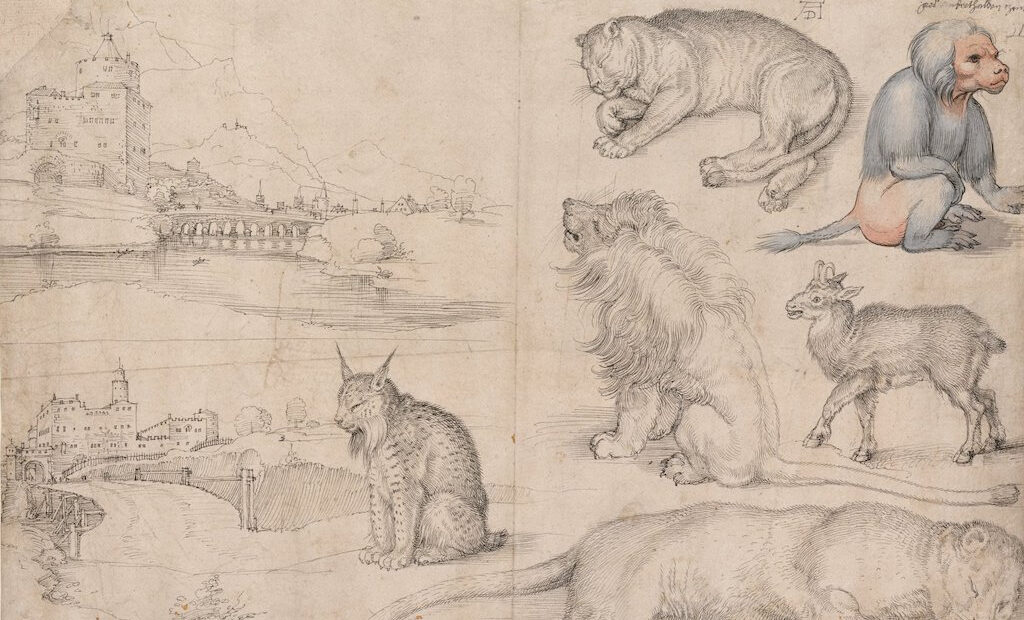
Albrecht Dürer (1471-1528) is one of the most famous artists of the Renaissance. He was born in Nuremburg, his goldsmith father having emigrated from Hungary due to the world-class industry there. In his lifetime, he undertook three significant journeys at a time when the world was infinitely bigger than it is now: crossing the Alps to get to Venice was no small undertaking. Dürer was unusual for this time in that he recorded his life in letters and diaries, the pedestrian nature of which later surprised and frustrated art historians (obsessive records of expenditure on things such as toll gates were kept).
This may not be so surprising when one considers the business-like way he conducted himself. His signature makes his initials into quite a modern-looking logo stamped onto his work, he traded and bartered his prints for travel and souvenirs and he saw the time advantage of woodcut prints over painting, meaning his striking images could be disseminated more easily.
This show, sponsored by Credit Suisse in the Sainsbury Wing, is dense with work and information. Dürer’s restless, enquiring mind is shown through the many different mediums he employed: woodcut prints, engravings, pencil, pen, gouache, oil, watercolour and charcoal are all in evidence here. One of the most striking images is an anthropomorphic lion (A Lion, 1494 – gouache on parchment heightened with gold). Having not seen a lion in person (so to speak), the artist took inspiration from heraldry and possible sculptures of lions to create his image. What it lacks in realism it makes up for in character.
When Dürer finally encountered a real lion in the Low Countries in 1520, the result was a magnificent and sensitive portrait of the most majestic of beasts. All his depictions of animals feel magical: he imbues them with as much life and spirit as his human subjects. In his 1521 Sketches of Landscape and Animals (pen and ink) taken from the zoos in Brussels and Ghent, he delightfully captures a lynx, a hamadryad baboon and a chamois, along with big cats sleeping and a lion shaking its mane. It is delightful.
In Sea Monster, and engraving from 1498,a naked bejewelled woman is abducted by a merman, her body representing the artist’s exploration of the perfect proportions of the female form. This fantastical element is seen again in Large Fortune (1501), where Nemesis is suspended on a globe in the clouds, dizzyingly high over an Italian town. There is the hallucinatory feel of William Blake to some of the work – one feels Dürer may have inspired the later visionary.
There are too many wondrous elements to go into every artwork. It is interesting to see not just finished pieces but studies of drapery, faces and hands, and the development of recurring themes and figures. It would be interesting to know more about why he chose to paint Saint Jerome so much. What is perplexing is the inclusion of a lot of work by Dürer’s contemporaries. In a relatively small space, there is a lot to see, so this context didn’t feel necessary. Much of the selection is comprised of small, dense engravings that need careful study to appreciate, but the rooms are too busy to allow this fully. Perhaps more incisive curation would have allowed the work more room to breathe.
Jessica Wall
Dürer’s Journeys: Travels of a Renaissance Artist is at the National Gallery from 20th November 2021 until 27th February 2022. For further information visit the exhibition’s website here.

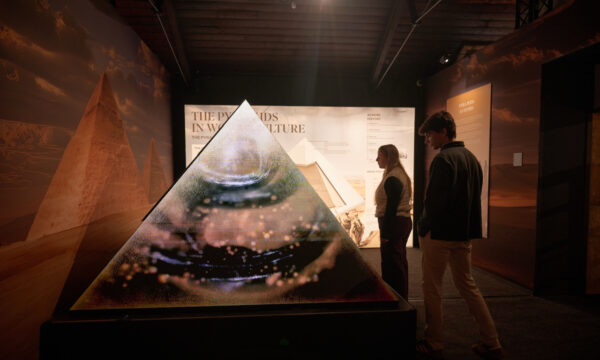
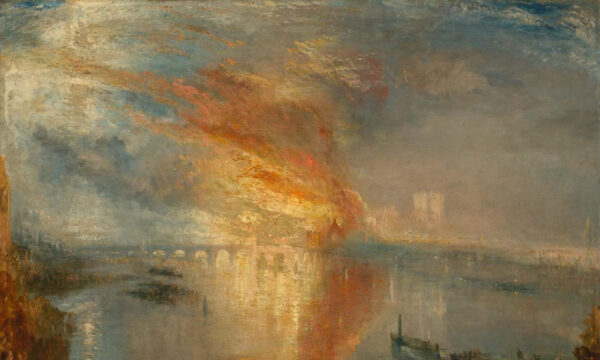
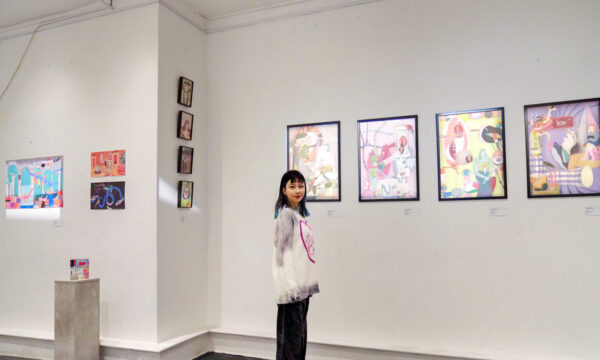
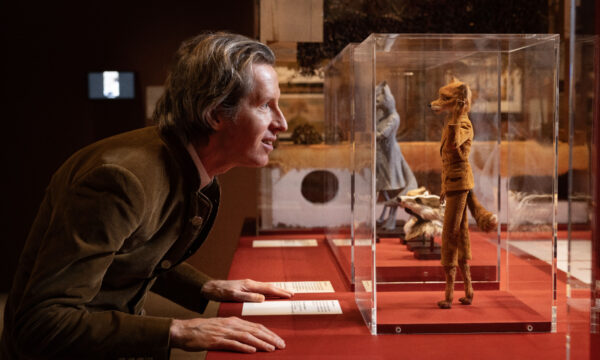
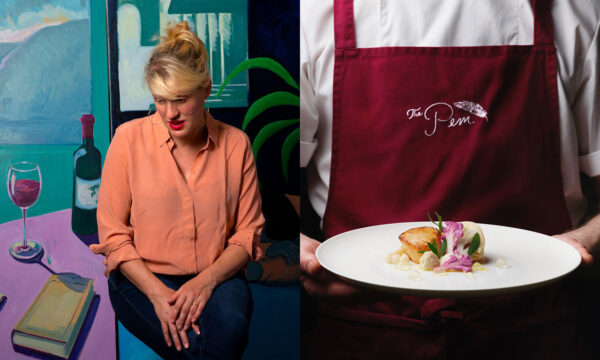
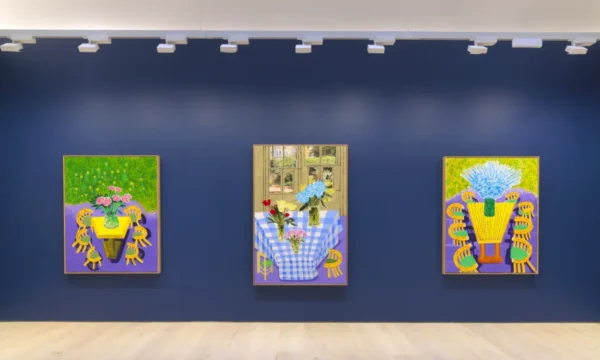
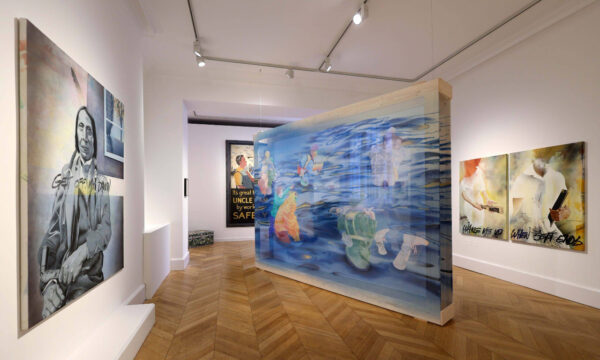
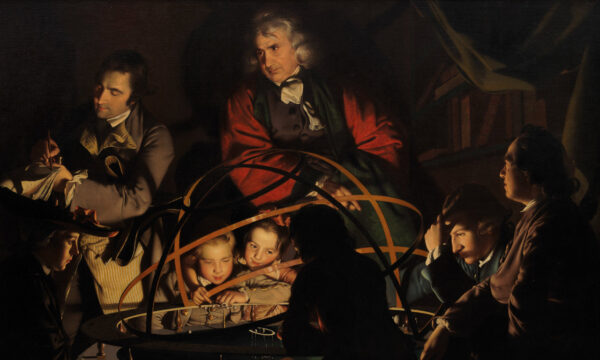
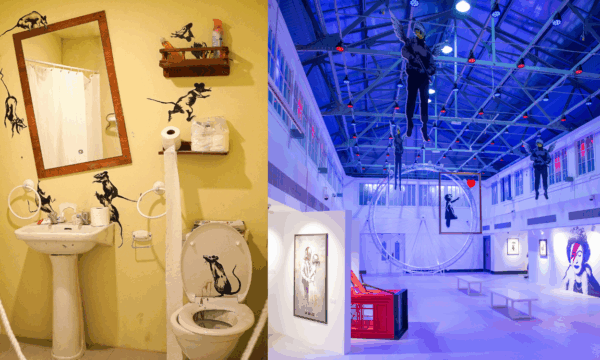












Facebook
Twitter
Instagram
YouTube
RSS